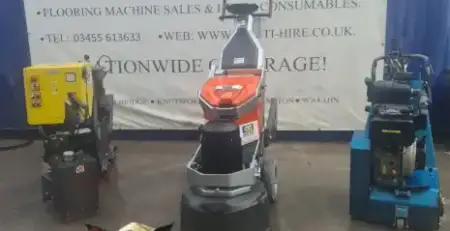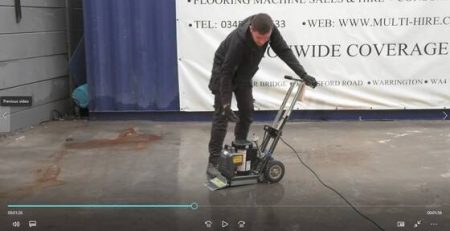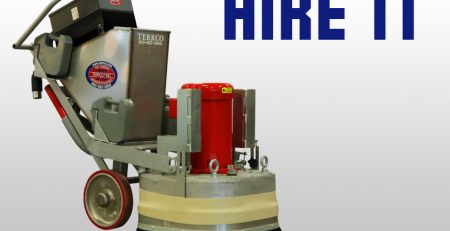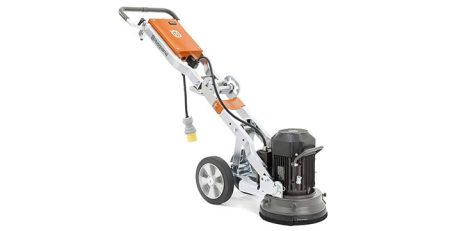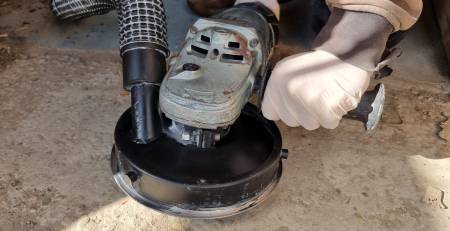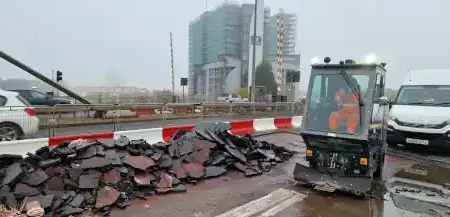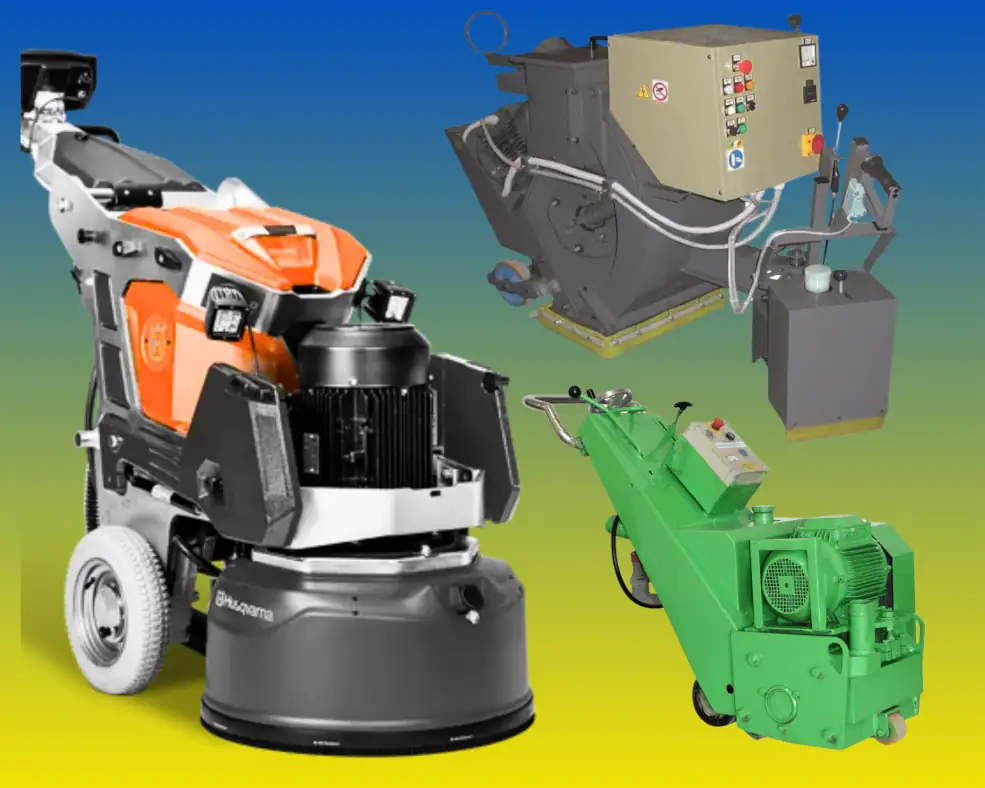
24Sep
The concrete floor’s not right. Do I Grind, scabble or shotblast it?
Andy Harrison2024-09-24T13:16:50+01:00Choosing between grinding, scabbling, or shotblasting concrete depends on the desired result and the condition of the concrete surface. Here's a comparison of each method:
- Process: Uses a diamond-tipped grinding machine to smooth and level the surface.
- Best For:
- Smoothing rough surfaces
- Polishing concrete
- Preparing for coatings or sealers
- Finish: Produces a smooth, even surface.
- Pros:
- Precise and controlled removal of concrete
- Can create a polished finish
- Suitable for both small and large areas
- Cons:
- Slower than other methods for thicker removal
- Can be more expensive due to equipment costs
- Process: Uses a multiple pointed heads to aggressively chip away the surface.
- Best For:
- Removing thick coatings
- Exposing aggregate
- Preparing surfaces for bonding
- Finish: Leaves a rough, heavily textured surface.
- Pros:
- Effective for heavy-duty surface removal
- Ideal for preparing surfaces for new concrete layers or epoxy coatings
- Cons:
- Rough finish, not suitable for aesthetic or polished surfaces
- Very noisy and dusty
- Process: Propels steel shot at high velocity onto the concrete surface, removing the top layer.
- Best For:
- Surface preparation (e.g., for coatings, paints)
- Removing coatings, stains, or old finishes
- Providing texture for slip resistance
- Finish: Leaves a clean, roughened surface ready for coating.
- Pros:
- Efficient and fast for large areas
- Effective for surface profiling
- Minimal dust when used with a vacuum system
- Cons:
- May not be suitable for very thick removal
- Can cause unevenness if not done correctly
Conclusion:
- Grind if you need a smooth, polished surface or are prepping for a thin overlay.
- Scabble if you need to remove large amounts of concrete or expose aggregate for a rough finish.
- Shotblast if you need to quickly prepare a clean, textured surface for coating or sealing.

